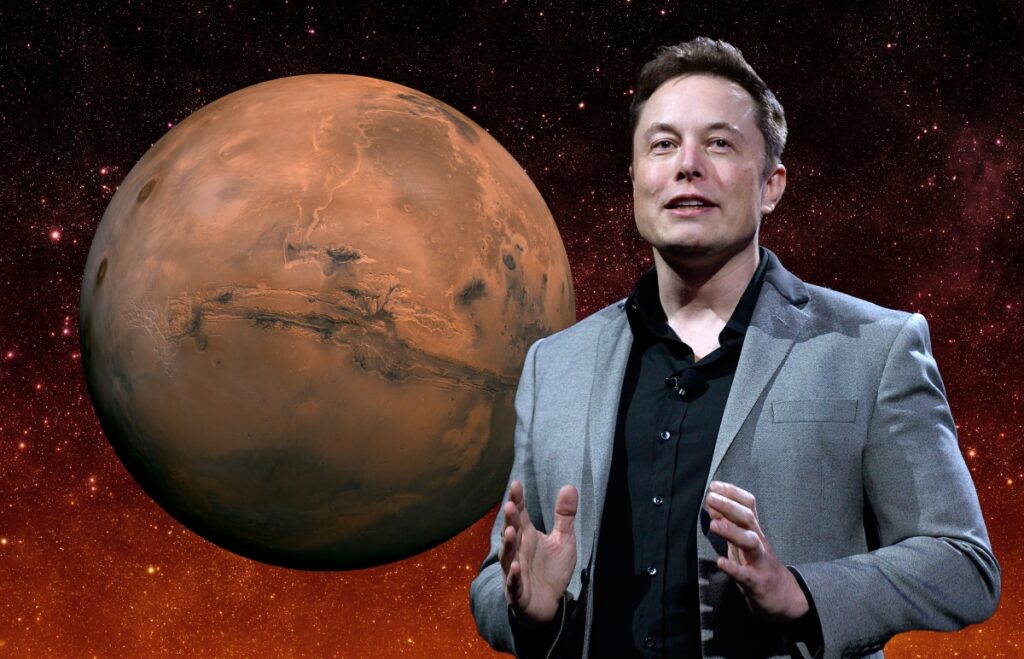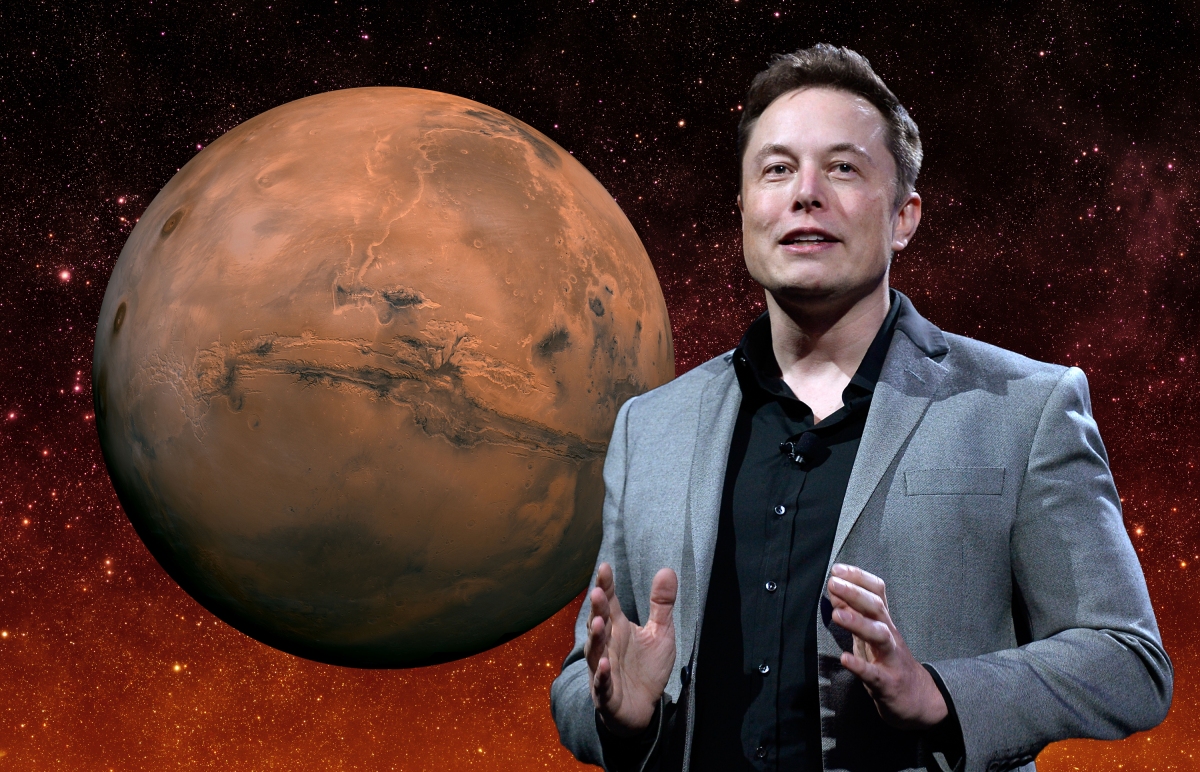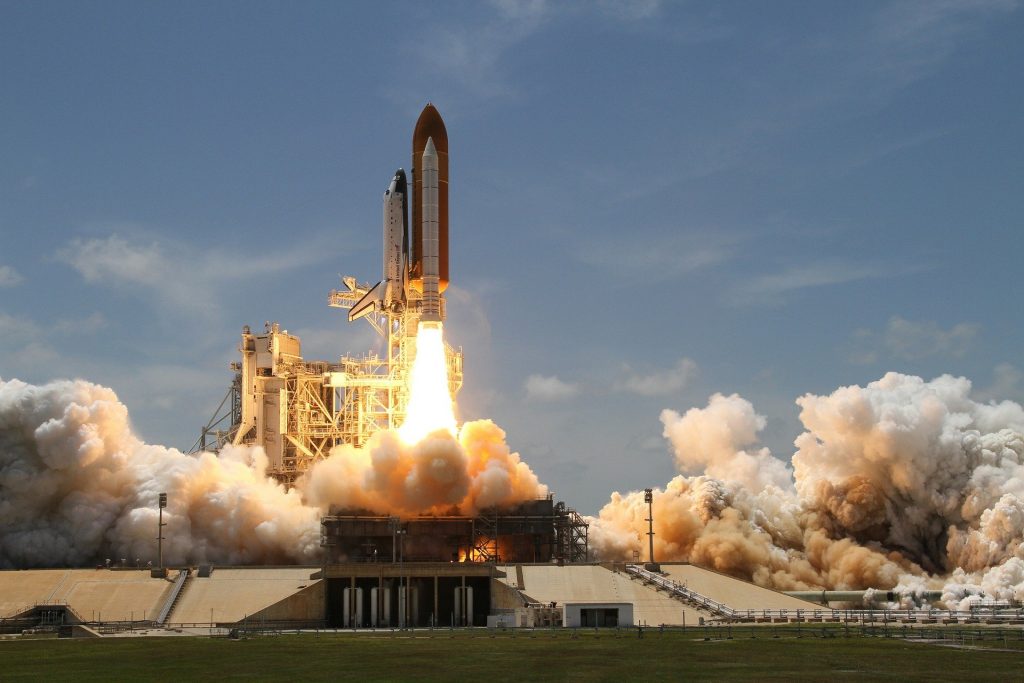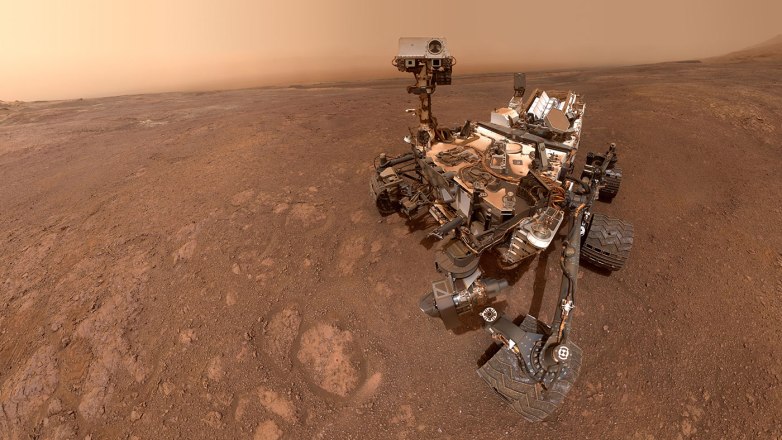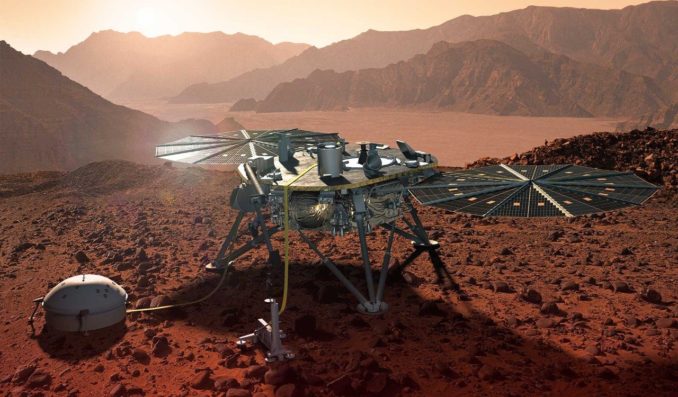The United Arab Emirates successfully launched its first interplanetary mission today. The launch took place in Japan, and the team sent to space, and eventually to Mars, a probe the size of a car. This launch marks the beginning of the UAE country’s most ambitious space project. The project aims to study Mars, its geography, and weather by following it throughout an entire year. Here’s a look at how important the launch was, and how the team got to where they are now.
Hope
for the Future
Hope,
which was the nation calls the spacecraft, launched out of Tanegashima Space
Centre in Japan. The probe took off via an H-IIA rocket that Japan frequently
uses for their launches, and the rocket launch occurred at 6:58 AM. The device
will take seven months to venture into deep space. Throughout its journey, it
will correct its course using engine burns to direct and align itself
correctly. The probe will try to align itself with the Martian orbit sometime
in February, next year. Once into the orbit, it will stay on to analyse the
Martian atmosphere and gain insight into the planet’s climate and
geography.
Great
Timing
For the UAE, the launch came at a critical time. The government came up with the idea for such a project in 2014 as a means to inspire their youth. Furthermore, the project was a way for the country to mark its 50th anniversary in December, next year. To ensure that the probe would be in the Martian orbit by then, the team needed to launch the satellite by the end of this summer. Also, the launch had to take place within a short window of time. This window was critical because it brought the Earth and Mars close together during their journey around the Sun. Since such a planetary alignment only occurs once every twenty-six months, the team needed to get their launch right, if they wanted to meet their deadline for next year.
Fears
Subside
As far as experts can tell, the launch was a great success. However, briefly, after the launch, the scientists were afraid that the spacecraft’s solar panels had not opened correctly. Shortly afterward, the UAE government confirmed that they had deployed avoiding complications. Furthermore, the team stated that the spacecraft is in good shape and that communications have been established. This will allow them to continue monitoring the probe, ensuring it stays on course. Furthermore, the scientists will continue to analyse and process the data the probe collects along its journey.
Happy
News Worth Celebrating
The UAE Ambassador to the US, Yousef Al Otaiba, stated that the launch ensures that years of hard work has paid off. During a live stream after the launch, he also congratulated the team and noted that this was just the beginning for the country. Up until recently, UAE dealt only with Earth satellites, making this a prestigious leap for them. The team comprising of engineers and scientists were able to turn a dream into a reality within six years. Furthermore, the team was able to do so by sticking to their budget of $200 million.
Project manager, Omran Sharaf said that the government was clear about the fact they wanted a new model of delivery. Rather than opting for something big budget, they wanted something efficient and fast. The team partnered with several institutions in the US, including the Universities of California, Colorado and Arizona State. All these educational institutions have experience building components for deep space probes. The partnership gave the team access to testing infrastructure, practical know-how, and experienced advice.
Big
Steps Coming
The
launch is big news for the UAE, but they still have a long way to go. Within
the next month, they will perform the first manoeuvre needed to correct the
probe’s course. It will need to keep accomplishing these engine thrusts to get
itself to Mars. However, the biggest test will come in February next year
wherein Hope must perform a 30-minute thruster burn to enter the Martian orbit.
The move will also slow the craft, reducing its speed from 121,000 kmph to
18,000 kmph. However, by then, the craft will be too far away from the Earth.
Hence, it will have to do so on its own, without any instructions from back
home.
But, February is a long way off, and for now, UAE is celebrating its successful launch. If everything goes according to plan, Mars will see quite a few spacecraft, with China planning their own launch in the days to come. NASA will follow up soon enough with their Perseverance rover, making the Martian landscape a new exploration ground.
Being a cinephile with a love for all things outdoorsy, Athulya never misses a chance to chase inspiring stories or poke fun at things, even when the subject is herself. Currently pursuing a degree in mechanical engineering, she is someone innately interested in technical and scientific research. Music reviews and op-eds define her as they allow her to explore different perspectives. Though sometimes she thinks she makes more sense playing the guitar than she does while writing.

